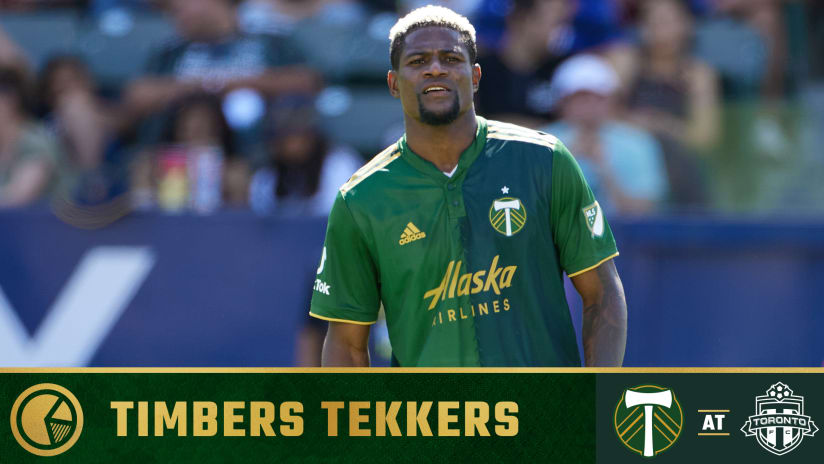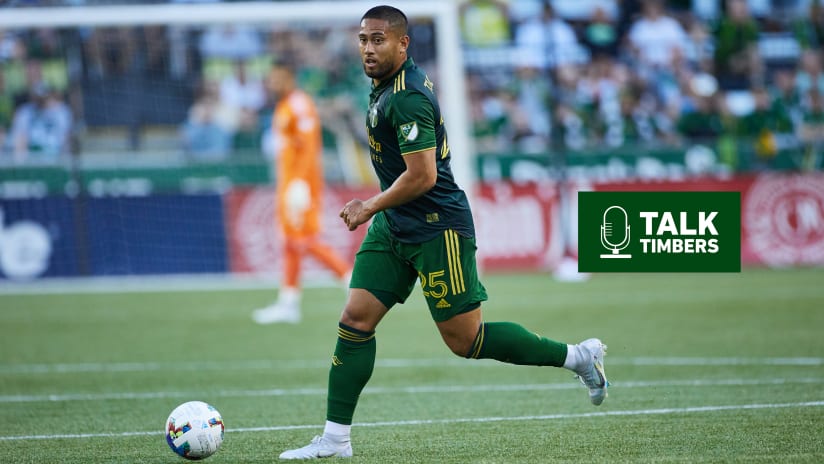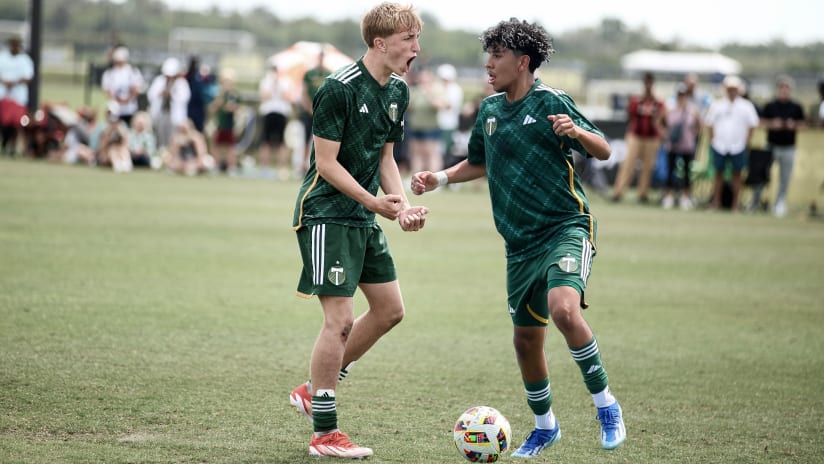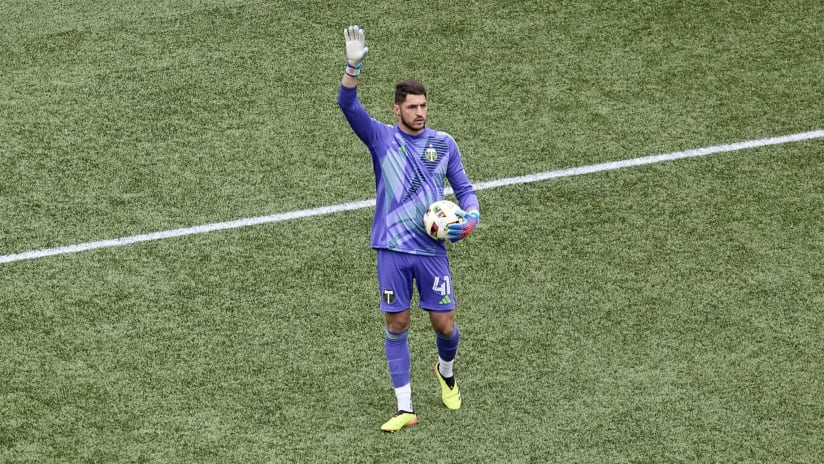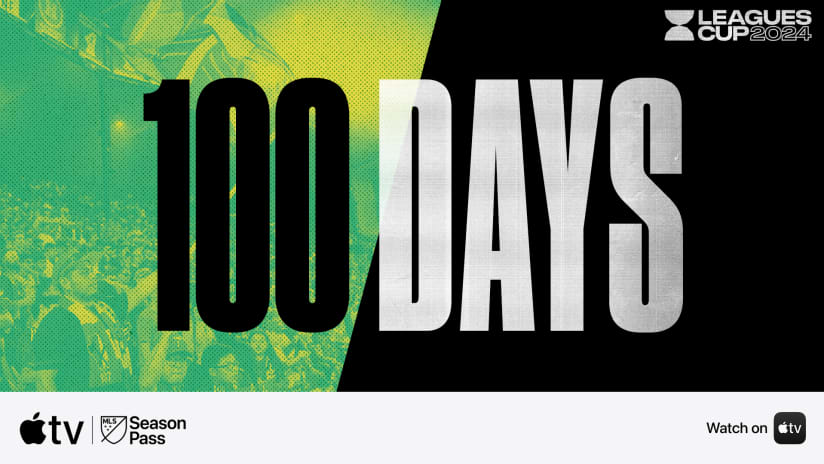When the Portland Thorns last took the field, they did so with a starting lineup that found international-caliber talents like Andressinha and Midge Purce on the bench. That doesn’t even count players too injured to suit up. When Hayley Raso and Katherine Reynolds are brought into view, Mark Parsons had far too many starting-level talents for his lineup’s 11 spots, something that hasn’t changed during an offseason of almost no departures.
The Thorns aren’t the only NWSL team with a talent overload, a situation the league’s lack of expansion – as well as the increased time players are willing to devote to the sport – has created over the NWSL’s six-plus seasons. As it concerns Thursday’s NWSL College Draft (9am PT, Webstream at ThornsFC.com), that reality creates a paradox. Even with rosters set to expand for this summer’s FIFA Women's World Cup, the league is about to conduct an intake of talent with limited roster space to offer.
The draft’s changing value
Over the first three years of the league, the NWSL’s first round draft picks averaged 1298.8 minutes in their rookie seasons. That number reached its high in 2015, when all-league caliber players like Morgan Brian (Houston), Abby Dahlkemper (Western New York, WNY), Samantha Mewis (WNY), Lynn Williams (WNY), Jaelene Hinkle (WNY), Arin Gilliand (Chicago) and Danielle Colaprico (Chicago) dominated the first round. Along with the round’s two other picks – Sarah Killion (Sky Blue), Stephanie McCaffrey (Boston) – the draft’s first nine selection averaged 1487.9 minutes in their rookie seasons.
The following year, playing time for first rounders dropped to 917.3 minutes, on average. In 2017, that number fell to 854.3. Last year’s 10 first-round picks averaged only 840.0 minutes per game, the lowest in the NWSL’s six years, with five of the round’s selections failing to hit the 50-minute mark. With the exception of the league’s first two years -- when teams were forging their squads and developing their draft strategies – the impact made by the league’s most high-profile rookies has steadily decreased. There is less and less room for the college game’s best talents to make an immediate mark.
Perhaps that’s why so much of the NWSL has been forgoing the college draft entirely, electing to send first round picks to rebuilding teams for assets that can help in the short-term. Last season, the Thorns did exactly this, sending their first-round pick (eighth, overall) to the Washington Spirit for an international slot. When faced with the choice of picking at the end of the round or keeping its 2018 squad intact, Portland elected to stick with the now.
Still, trading high draft picks is far from a 2018/2019 phenomenon. In 2016, only half of the league (five teams) stayed in the first round. Last year, the number was six, while on Thursday, four teams hold the first nine picks. Increasingly, and long before the drafts even begin, teams are willing to forgo their place in the first round, with only the draft’s elite, top-of-the-list talents forecast to make true impacts on talent-heavy squads.
Trouble breaking into the Thorns
The Thorns’ situation exemplifies this more than most, which may explain why the team’s three 2018 draft picks combined for zero NWSL minutes. Elizabeth Ball, a non-drafted rookie, ended up leading the team’s first-year players by logging 99 minutes, yet when you look across the league’s other playoff teams, Ball’s total is actually a relatively high mark. On the rosters of the Chicago Red Stars, North Carolina Courage and Seattle Reign FC, only one player in their first year out of college (Chicago goalkeeper Emily Boyd, 180) played more than Ball’s 99 minutes.
That data speaks to the circumstances of success – factors that go beyond pushing successful teams’ natural picks to the bottom of rounds. That practice, of course, diminishes the picks’ value, but the nature of those rosters is important, too. Successful teams not only tend to have better players, but better players are less likely to be traded, retire, or otherwise move on.
In general, successful teams are incentivized to make changes along the edges, partially because their teams are already successful, and partially because improving talented teams is hard. To truly, meaningful improve teams like Chicago, North Carolina or Portland, you need players like Sam Kerr (acquired by Chicago, last offseason), Crystal Dunn (North Carolina) and Caitlin Foord (Portland) – talents that aren’t easily available in the draft.
Even when one of those talents is in the draft, though, it’s historically cost a lot to move up and take them. The Chicago Red Stars have this week’s first overall pick because of a deal that cost them U.S. International Sofia Huerta, who was used to help route Christen Press from Houston to Utah. The 2016 pick that landed Emily Sonnett with the Thorns? That was part of the Alex Morgan trade. The only two times the first overall pick has been traded, it’s taken U.S. internationals to seal the deal.
Glass-case jewels or haystacks’ needles
All of these factors create the dichotomy of the NWSL draft; at least, it’s a dichotomy for the teams who’ve floated to the top of the league. On one hand, clubs will always want to mine players like Sandra Yu or Bella Geist from the draft. Both players are positioned to potentially have an impact on the Thorns next season. But that season will be over a year after they were drafted, casting them as more long-term plays than short-term solutions. For the Chicagos, North Carolinas, Portlands and Seattles of the world, true and immediate impacts can only be found at the top of the board.
Ahead of Thursday’s draft, the Thorns hold the 17th and 35th picks, and while it will many take time to cultivate players who fall to those spots, Mark Parsons and his staff will be hopeful of the next Ball, Geist, and Yu. As far as players who can make an impact in 2019, though? Over the course of the league, that prospect has grown smaller and smaller. And the price to claim them could prove particularly large.




